When you’re shopping for a new pickleball paddle, you're faced with a barrage of technical terms. But there's one word that should make you pause and raise your guard: "composite." While it sounds technical and modern, in today's pickleball market, this vague term is often a red flag. It’s a label that can hide a multitude of sins, from inferior materials to subpar performance. Before you add that "composite" paddle to your cart, you need to understand what that term really means, the hidden costs of choosing it, and why you should be demanding more transparency from the brands you trust.
Deconstructing the "Composite" Deception: What Are You Really Buying?
On the surface, a "composite" material is simply a combination of two or more distinct materials. In pickleball, this traditionally meant a paddle with a core (usually polymer) and a face made from a blend of materials, most commonly fiberglass with a sprinkle of carbon fiber.
The problem? The term is intentionally non-specific, and it's most often a stand-in for fiberglass. The experts at major retailer JustPaddles explain this in their Graphite vs. Composite guide, stating, "Composite pickleball paddles feature a fiberglass hitting surface... Because the fiberglass face has more texture to it, you can generate more spin on your shots." While they mention spin, the primary characteristic of this fiberglass face is power, often at the expense of precision. This power-first, control-second nature is the trade-off hidden behind the "composite" label.
As we detail in our comprehensive guide on the topic, there are critical trade-offs to consider. In our article, "The Ultimate Guide to Choosing the Perfect Pickleball Paddle," we explain that the carbon fiber component is what provides the stiffness necessary for a consistent feel and a larger sweet spot, qualities that are often diminished in a fiberglass-dominant "composite" paddle.

The Hidden Costs of a "Cheap" Composite Paddle
That lower price tag on a generic composite paddle might be tempting, but it comes with significant on-court consequences. Here are the reasons why you should be wary.
1. The Sacrifice of Precision and Feel
The number one reason to be suspicious of generic "composite" paddles is the trade-off between power and control. Their fiberglass nature provides a lot of "pop," which can make delicate shots near the net much more difficult. In their FAQ blog post on how to pick a pickleball paddle, industry leader Pickleball Central contrasts this with carbon fiber (graphite) paddles. They note that graphite paddles "...weigh less than composite paddles and can give a player a better feel for the ball and more control." When a brand uses the vague "composite" label, they are often asking you to sacrifice that crucial element of control.
2. The Rise of a Superior Material: Raw Carbon Fiber
Paddle technology has evolved. While older composites relied on a smooth fiberglass face, the modern game is dominated by spin. This requires a textured surface that older composites simply don't have. The new standard is raw carbon fiber, which offers a gritty surface specifically designed to grip the ball and generate massive spin.
A generic "composite" paddle is, by its very nature, a step behind this technological curve. As we explore in-depth in our article "The Impact of T700 vs. T300 Carbon Fiber," the specific T700 raw carbon fiber material is engineered not just for spin, but also for a consistent feel and durability that older composite technologies can't match. Choosing "composite" often means choosing outdated technology.
3. Questionable Durability and Lack of Transparency
You get what you pay for. Fiberglass is more susceptible to breaking down over time, developing "dead spots" or losing its pop. More importantly, the "composite" label is a shield for a lack of transparency. You don't know the quality of the fiberglass, the resins used, or the manufacturing process. A well-constructed T700 carbon fiber paddle is an investment in quality materials and a longer lifespan.
(Image suggestion: A split image. On one side, a frustrated player whose dink has popped up too high, using a generic "composite" paddle. On the other side, a confident player executing a perfect spin serve with a paddle clearly marked "T700 Raw Carbon Fiber.")

Demand Transparency: What to Look For Instead
Instead of being lured by the simplicity and low price of a "composite" paddle, you should become a more discerning consumer. Here is what to demand and look for:
-
Specific Face Material: Do not accept "composite." Look for "T700 Raw Carbon Fiber" or "Raw Carbon Fiber." If a brand is using premium materials, they will be proud to state it specifically.
-
Clarity on Carbon Fiber Type: As our T700 vs. T300 guide explains, not all carbon fiber is created equal. T700 denotes a higher tensile strength and performance. Brands that are transparent about using T700 are showing a commitment to quality.
-
Advanced Construction: Look for terms like "Thermoformed," "Unibody Construction," and "Foam-Injected Edge-wall." These indicate modern manufacturing techniques that lead to a more stable, durable, and consistent-feeling paddle.
Our Conclusion: Don't Settle for Ambiguity
The "composite" label has become a shield for ambiguity in the pickleball market. It allows brands to sell paddles with cheaper, often lower-performing materials to unsuspecting players. By choosing a paddle that is simply labeled "composite," you are likely sacrificing the control, feel, and cutting-edge spin technology that are essential to improving your game.
Be a savvy player. Ask questions. Demand transparency. And when you see that vague "composite" label, be wary. Your game will thank you for it.
Sources:
-
Lumo Pickleball. "The Ultimate Guide to Choosing the Perfect Pickleball Paddle: Materials, Features, and Recommendations." Lumo Pickleball Blog, https://www.lumopickleball.com/blogs/news/the-ultimate-guide-to-choosing-the-perfect-pickleball-paddle-materials-features-and-recommendations
-
Lumo Pickleball. "The Impact of T700 vs. T300 Carbon Fiber on Pickleball Paddle Performance." Lumo Pickleball Blog, https://www.lumopickleball.com/blogs/news/the-impact-of-t700-vs-t300-carbon-fiber-on-pickleball-paddle-performance
-
"Graphite vs. Composite Pickleball Paddles." JustPaddles, https://www.justpaddles.com/blog/post/graphite-vs-composite-pickleball-paddles/
-
"Frequently Asked Questions #1: How to Pick a Pickleball Paddle." Pickleball Central, https://pickleballcentral.com/blog/frequently-asked-questions-1-how-to-pick-a-pickleball-paddle/

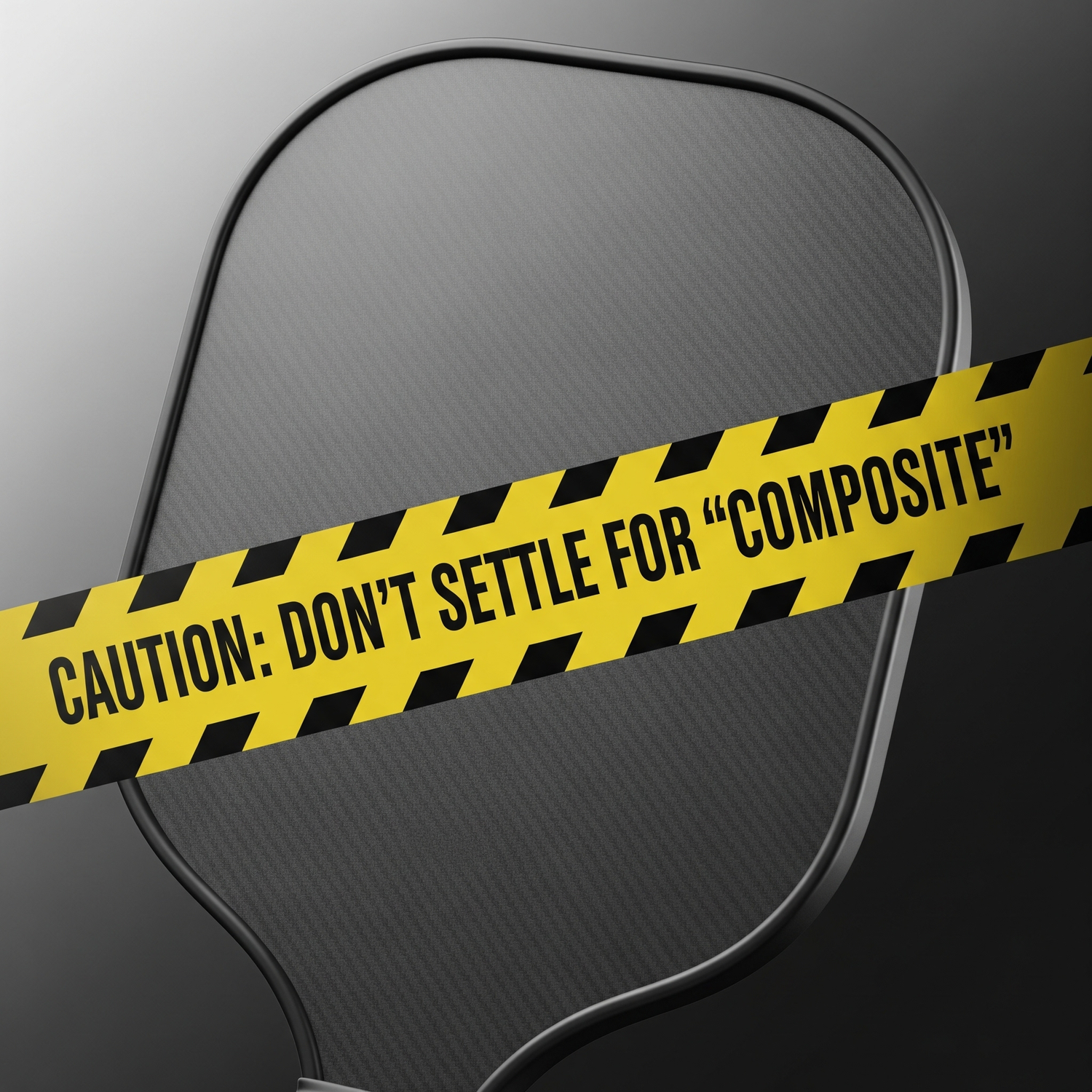
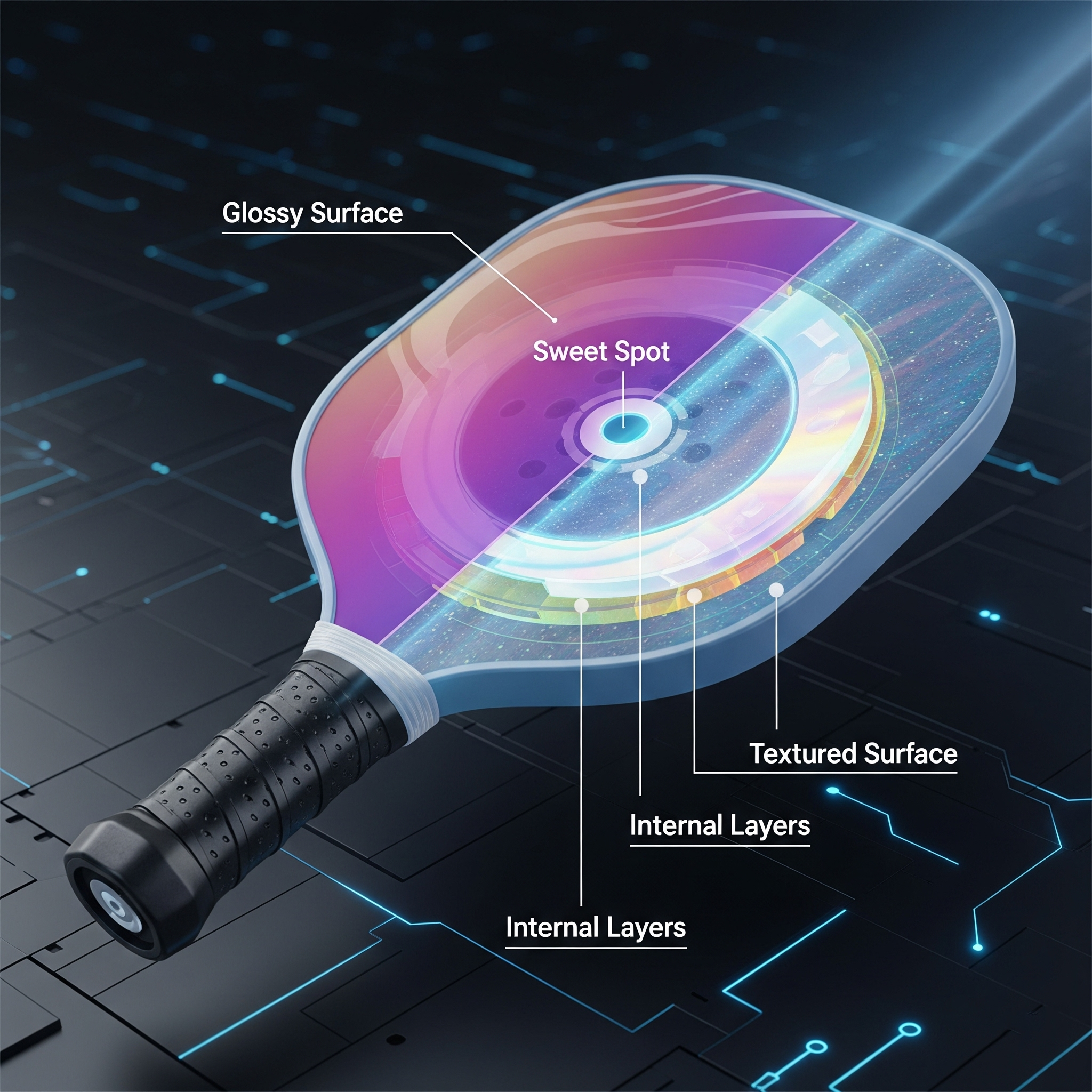
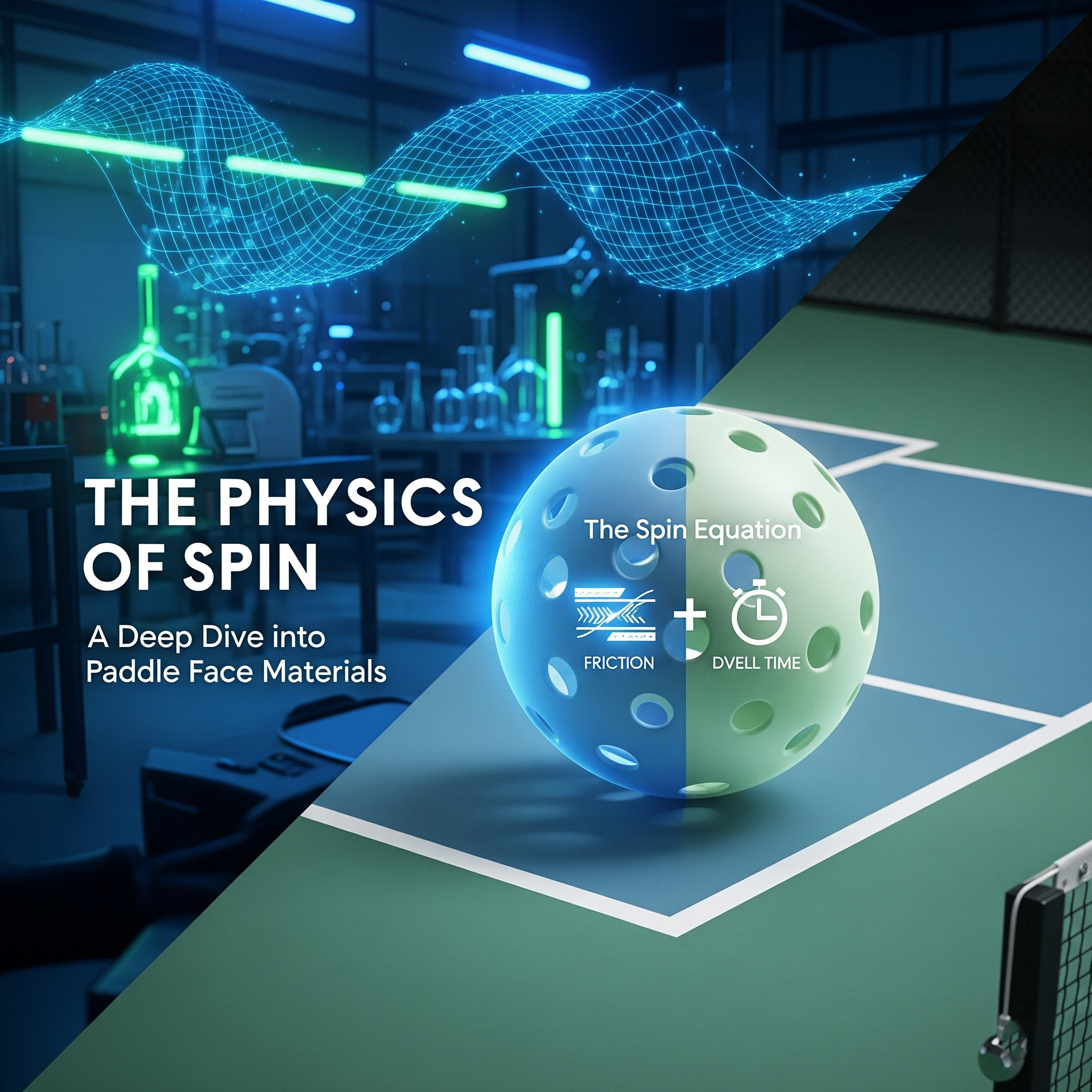

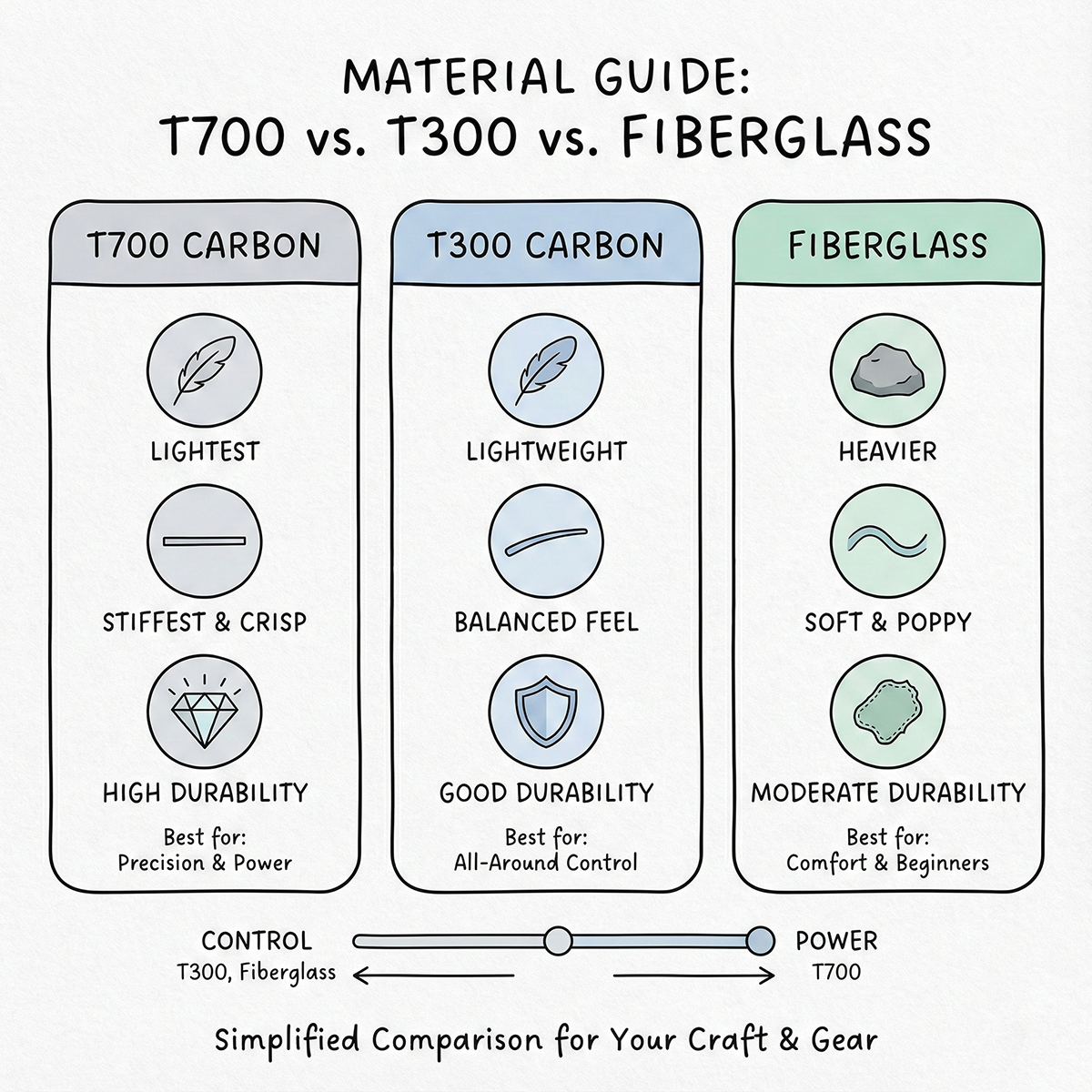
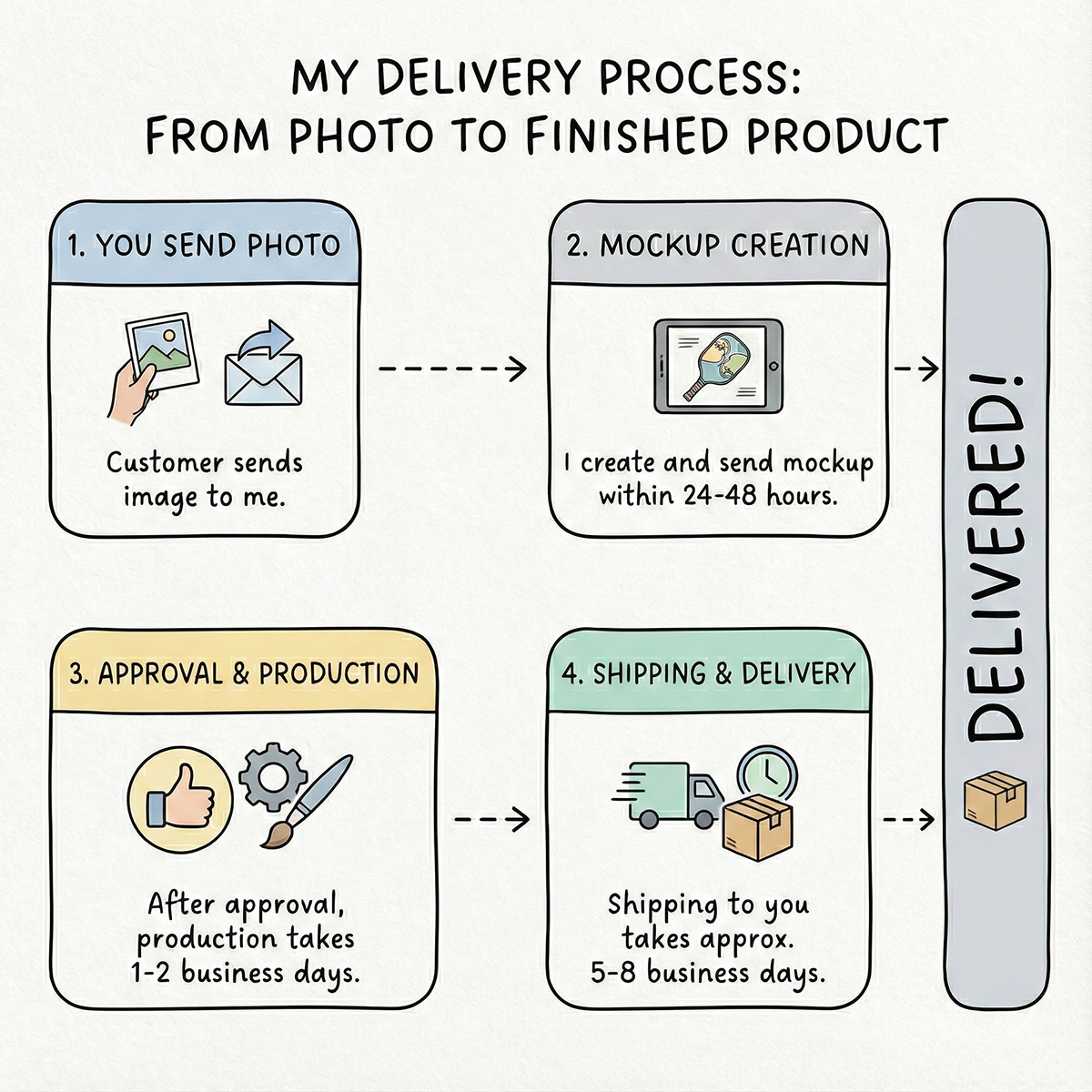
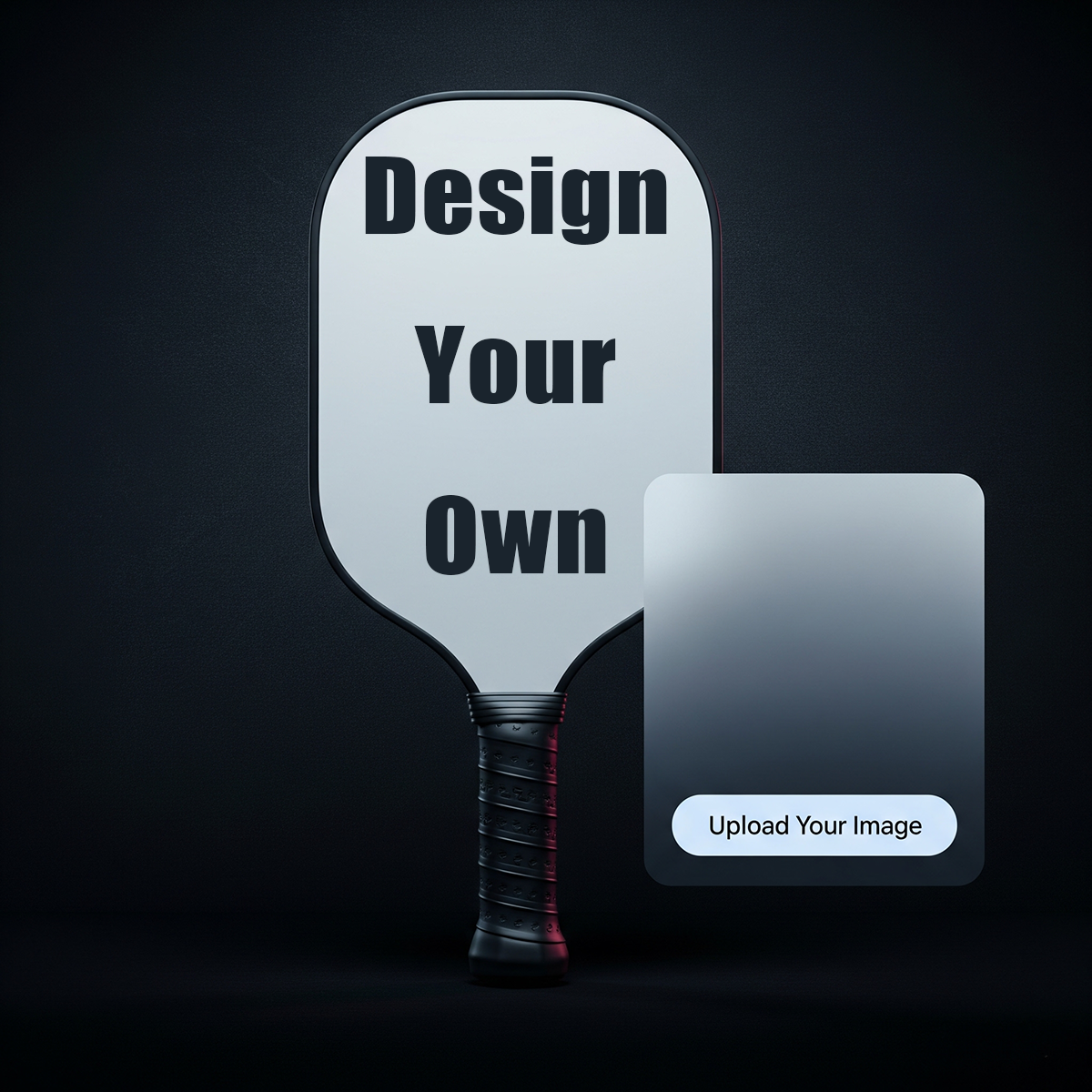
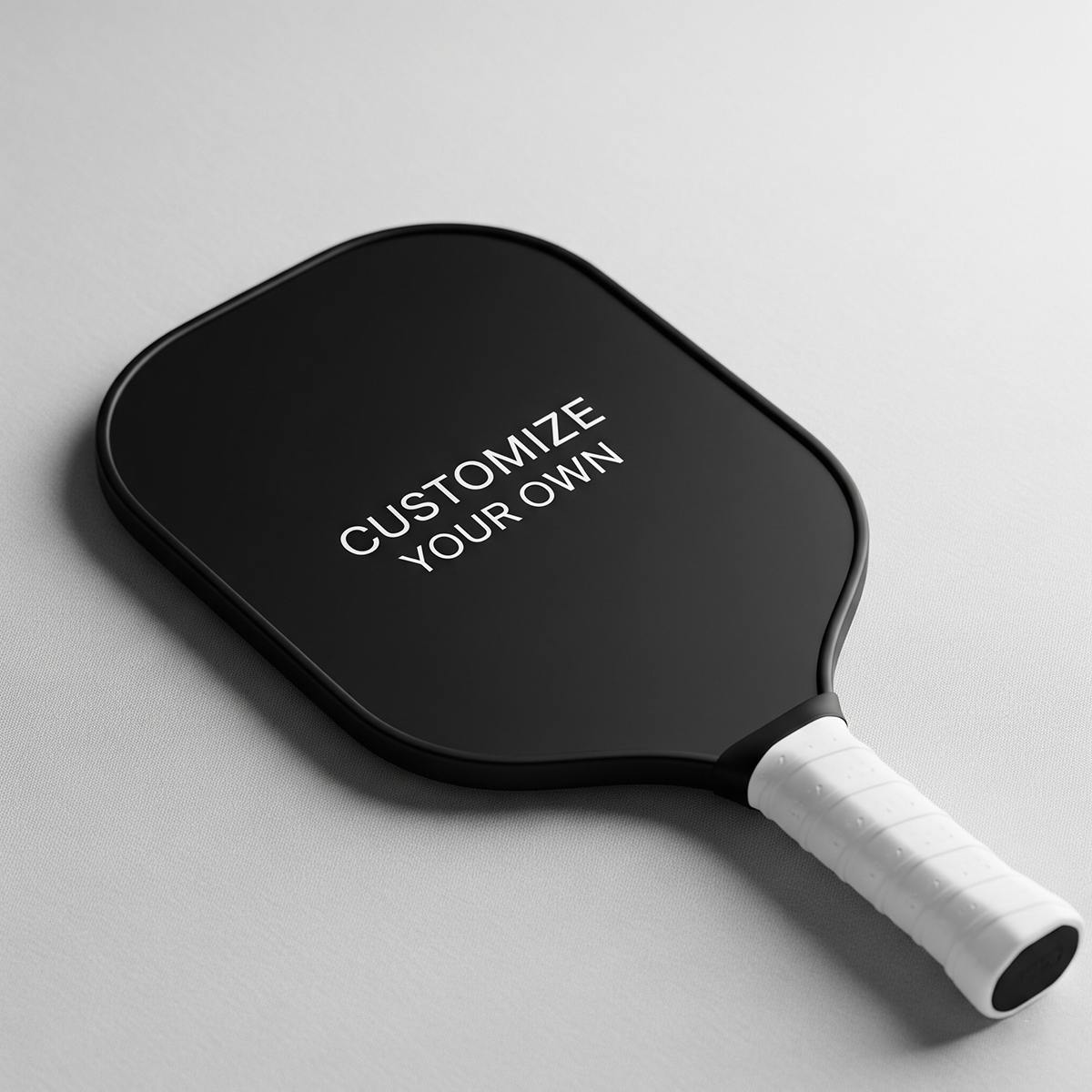
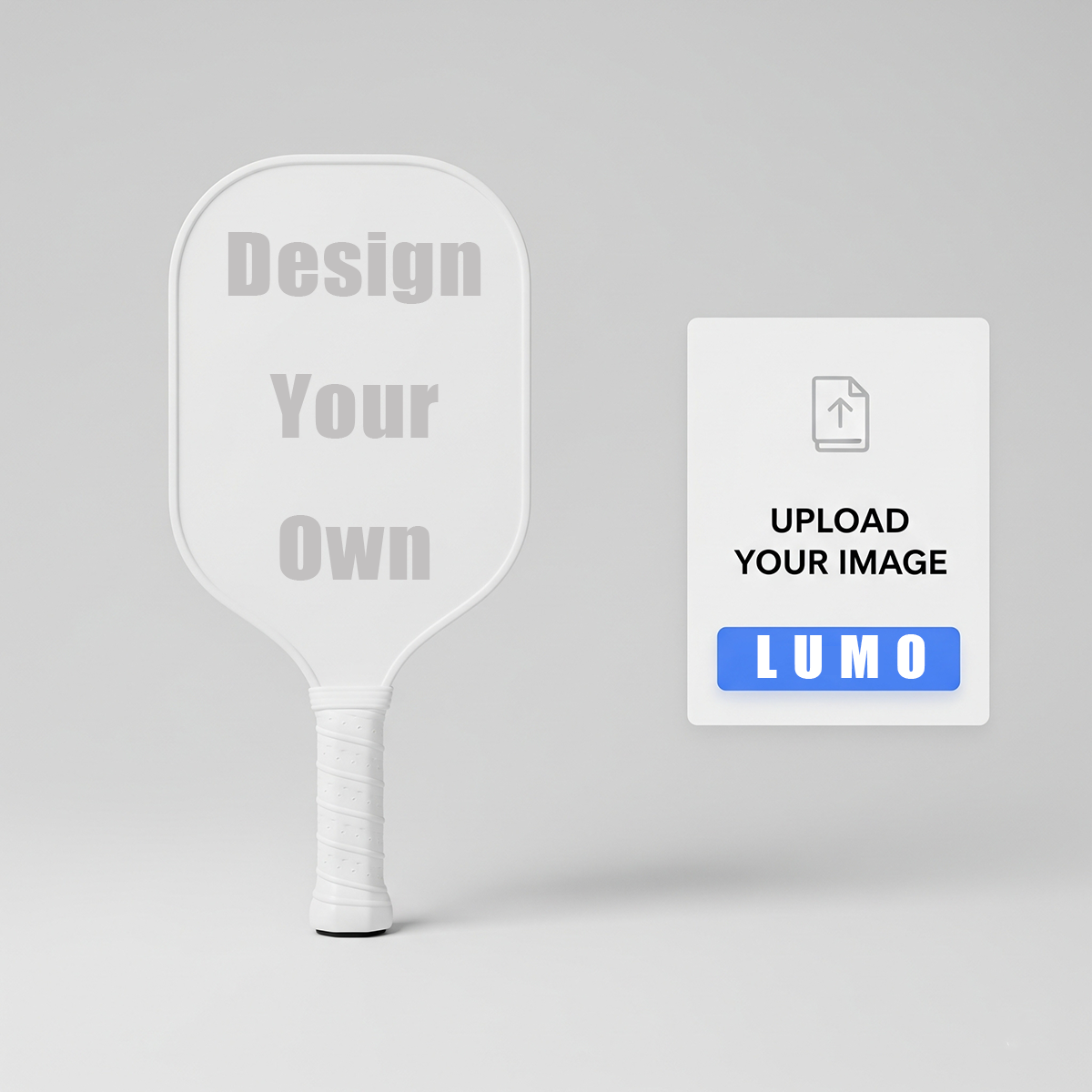
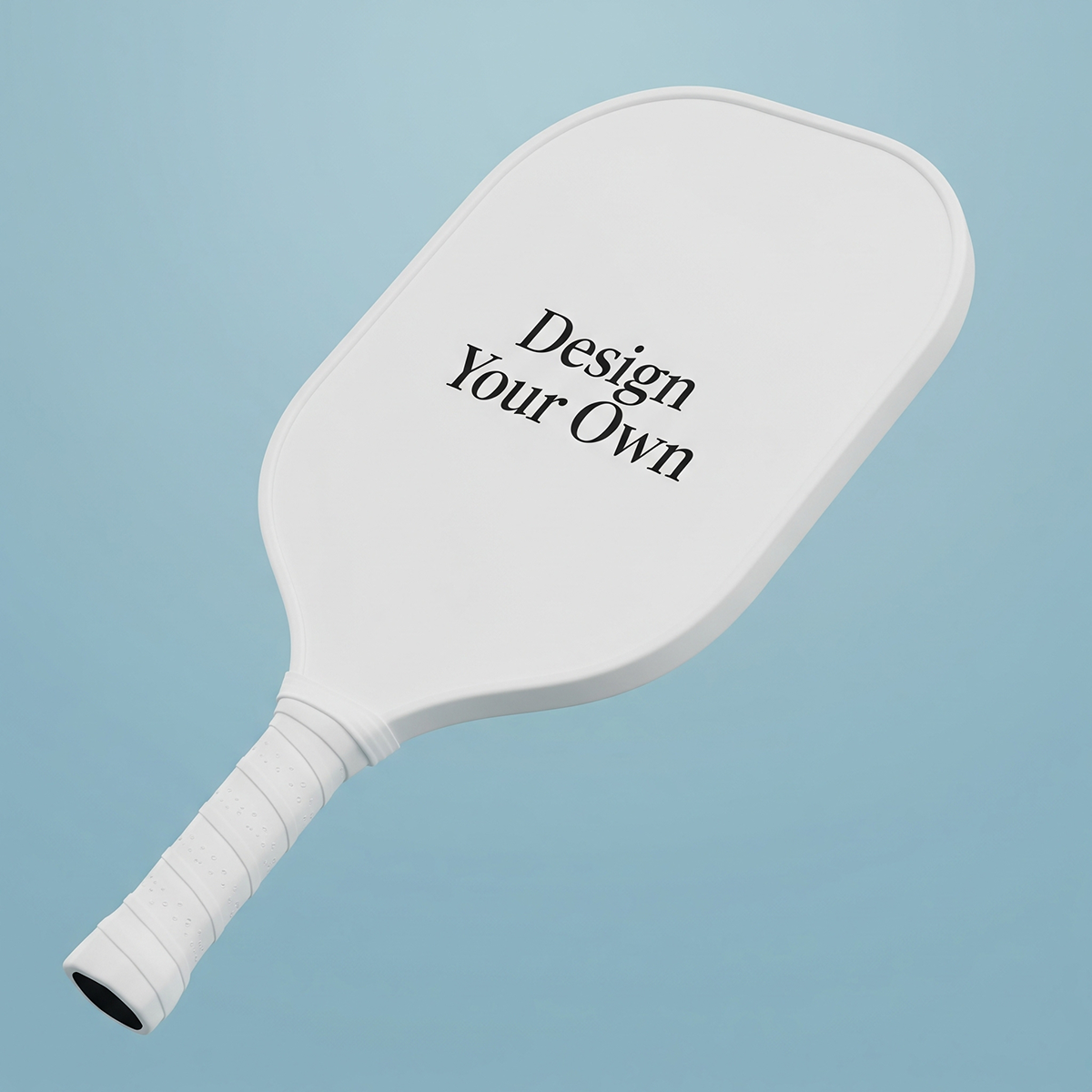
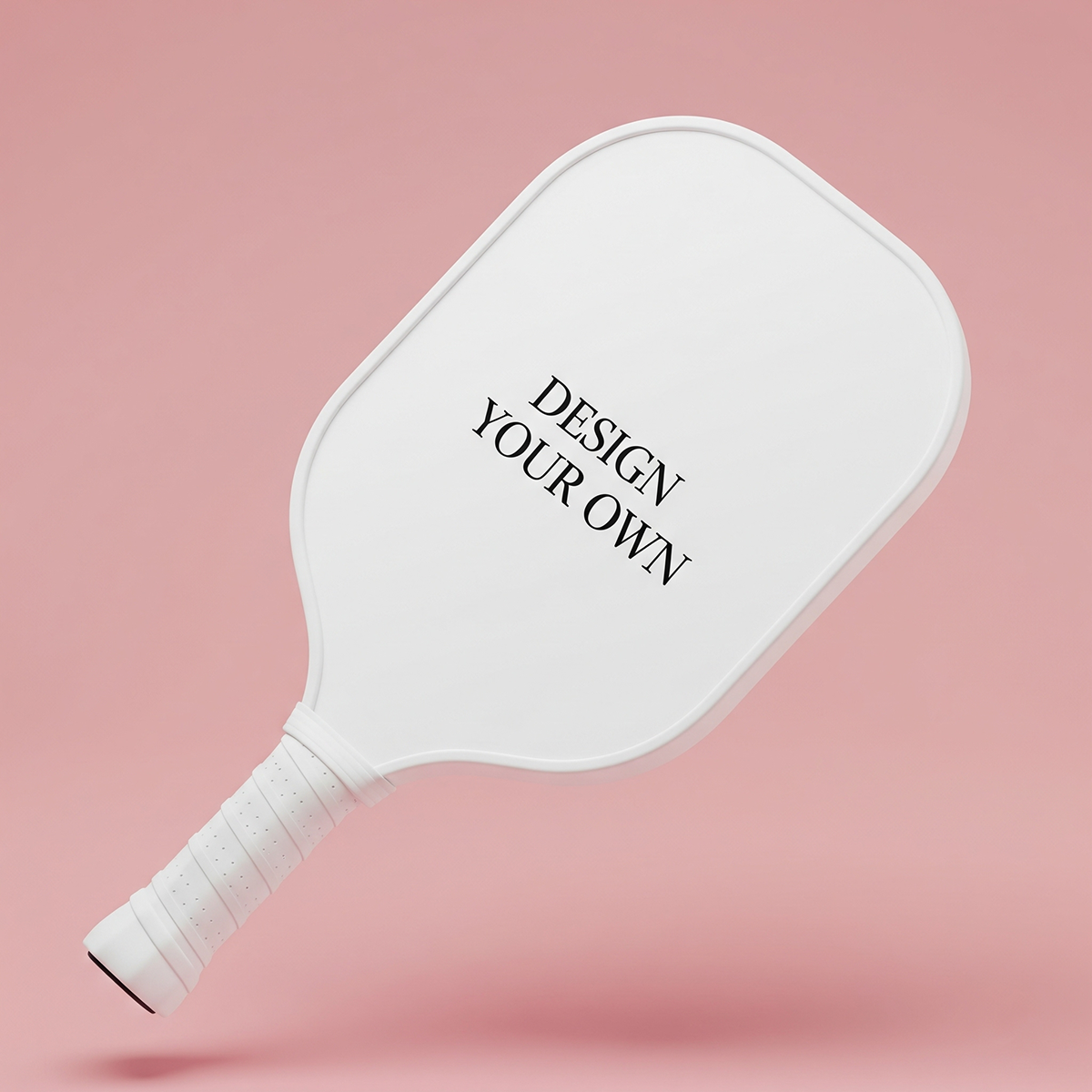
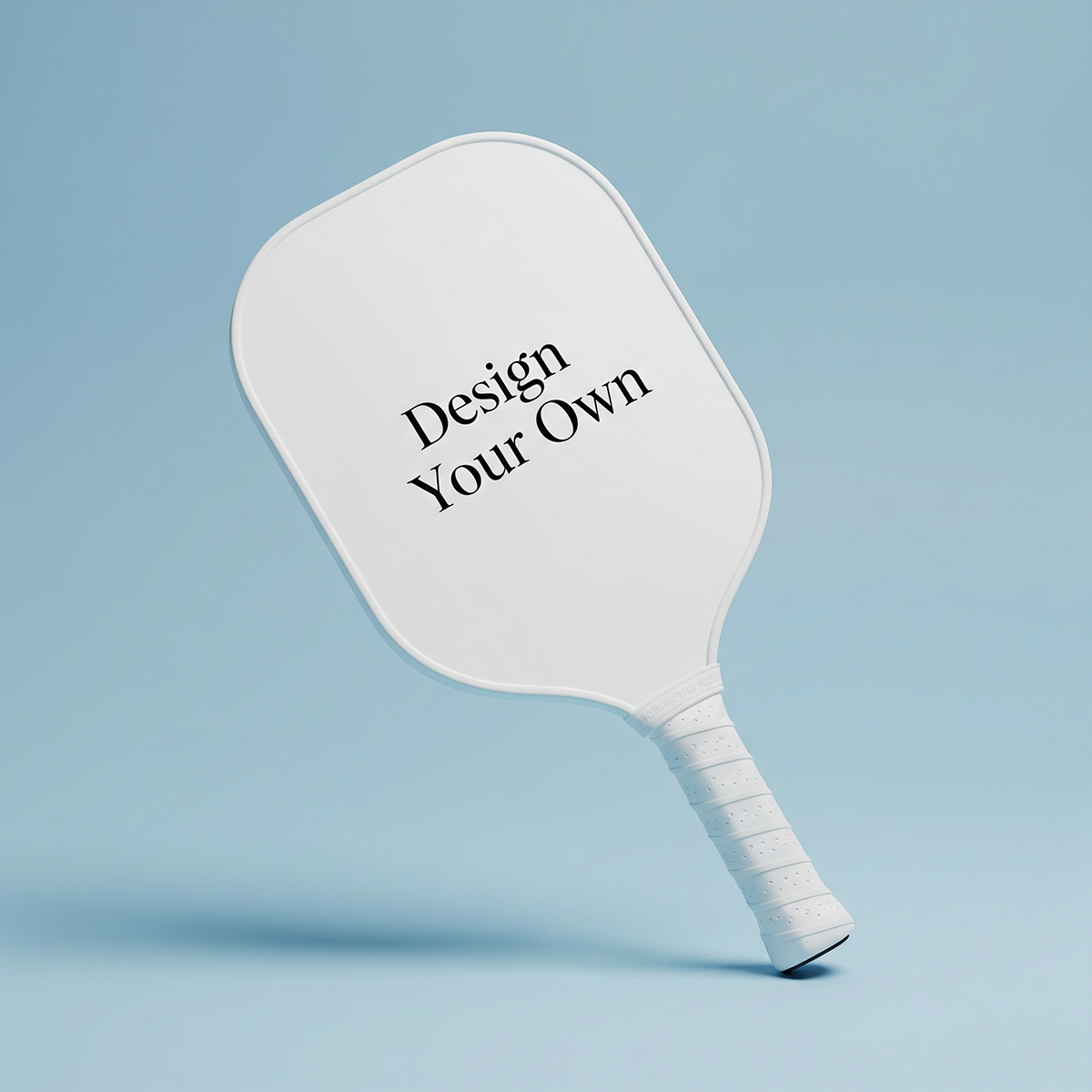
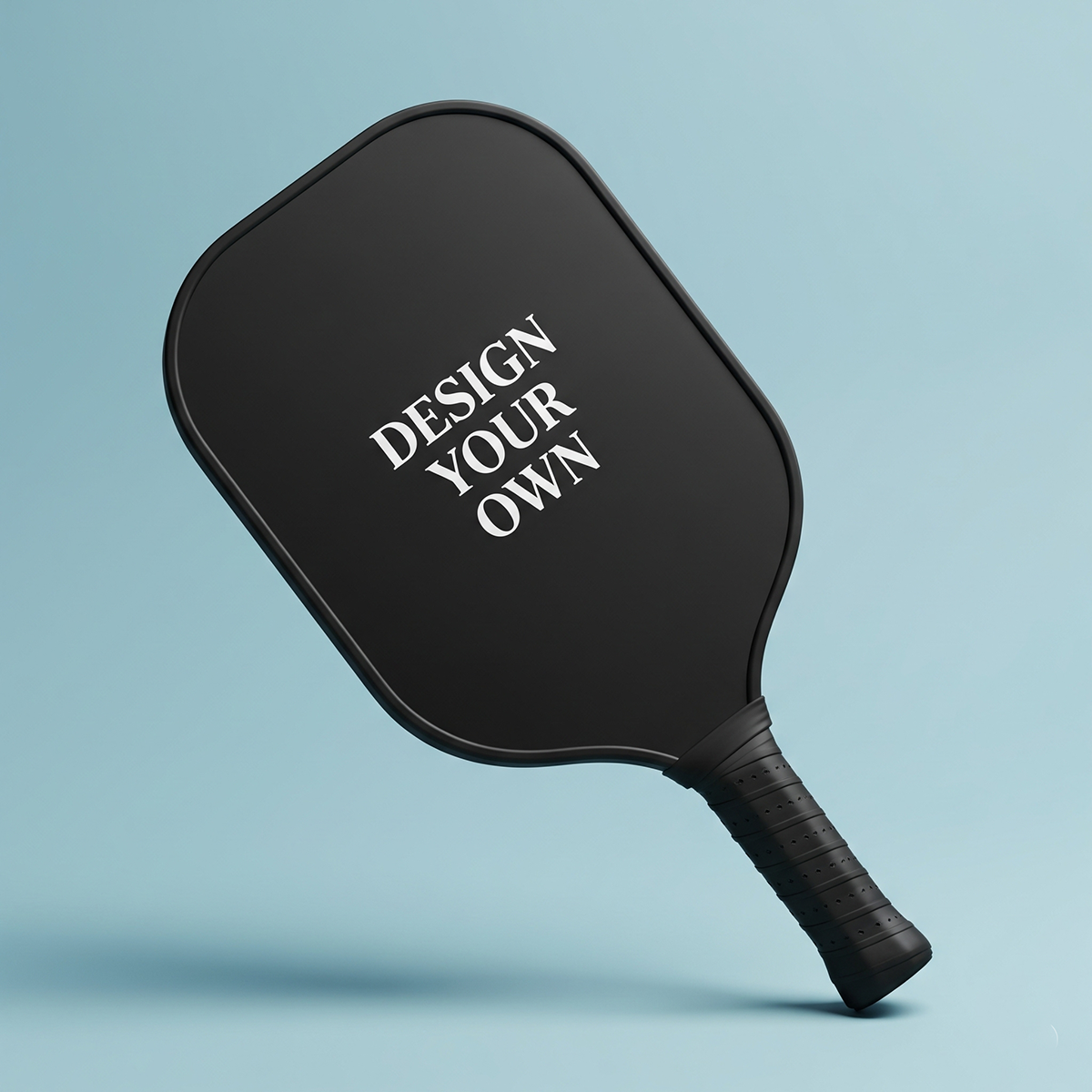
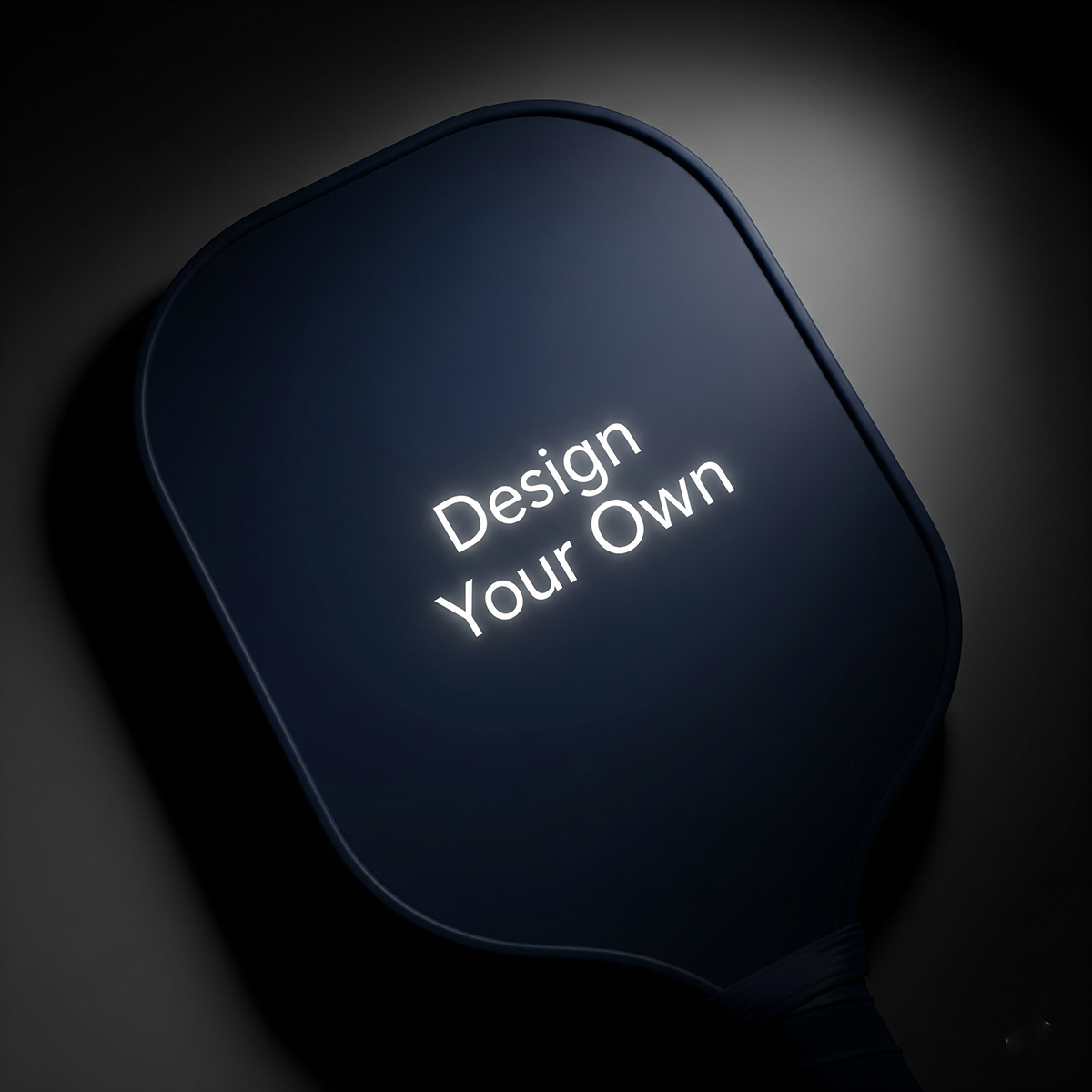
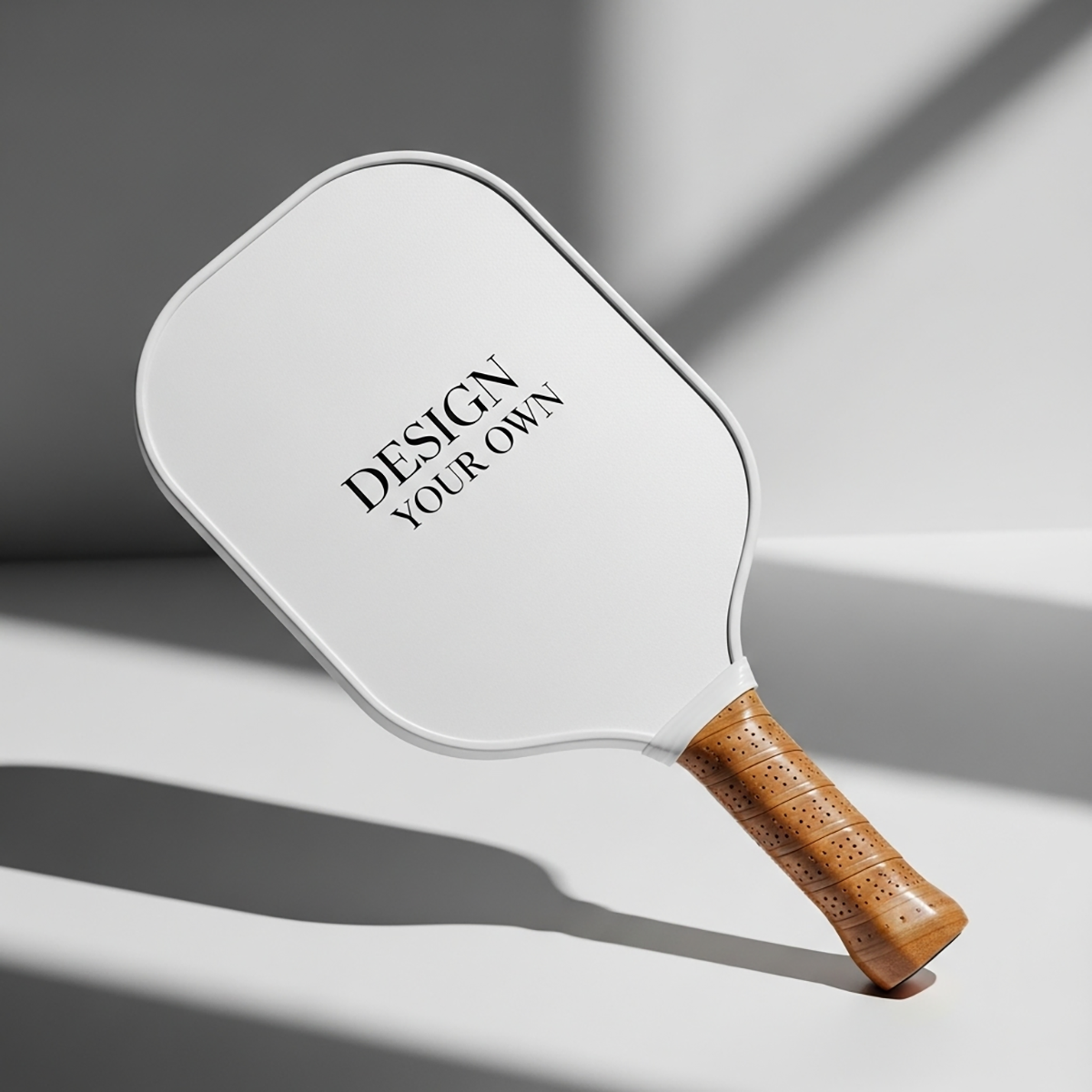
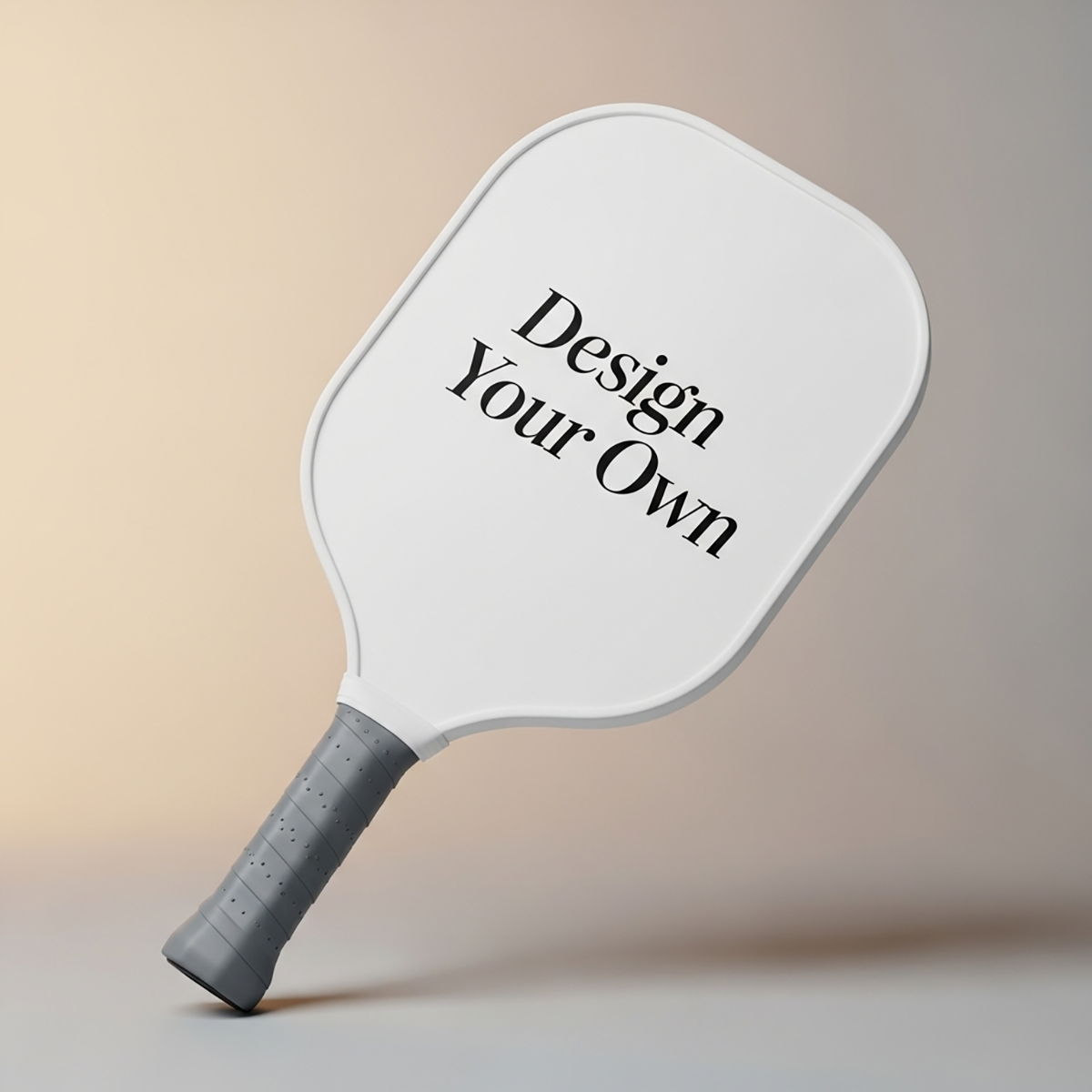

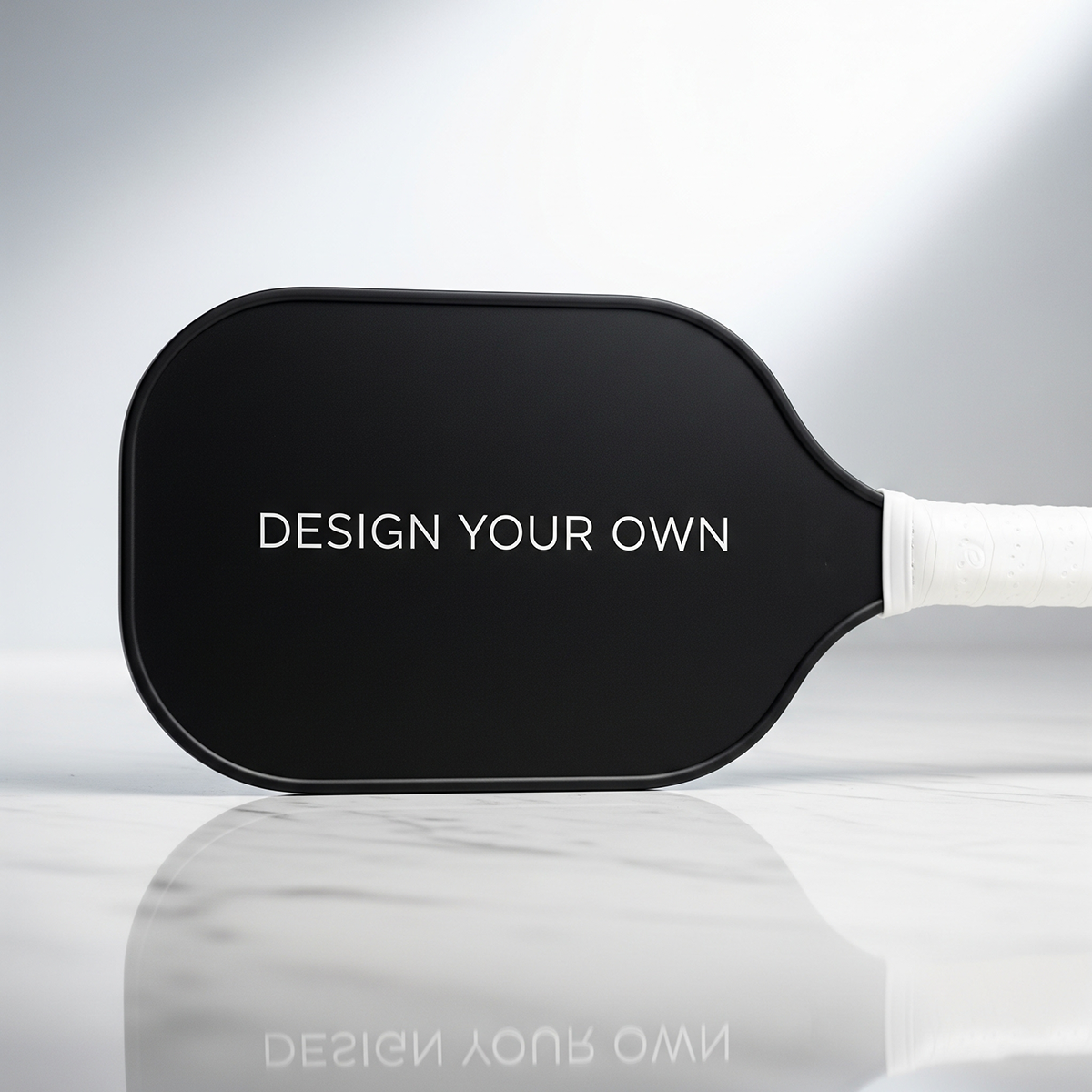
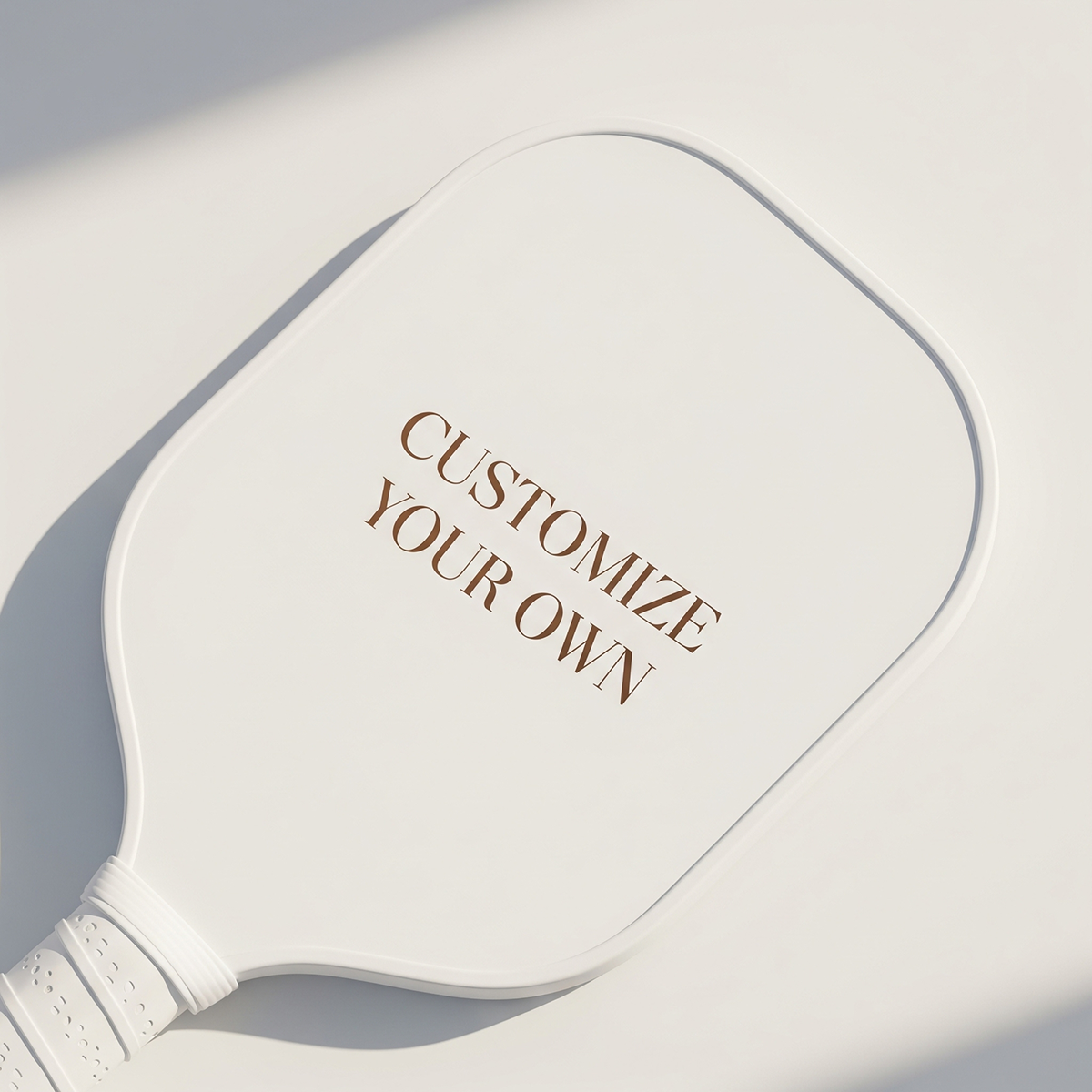
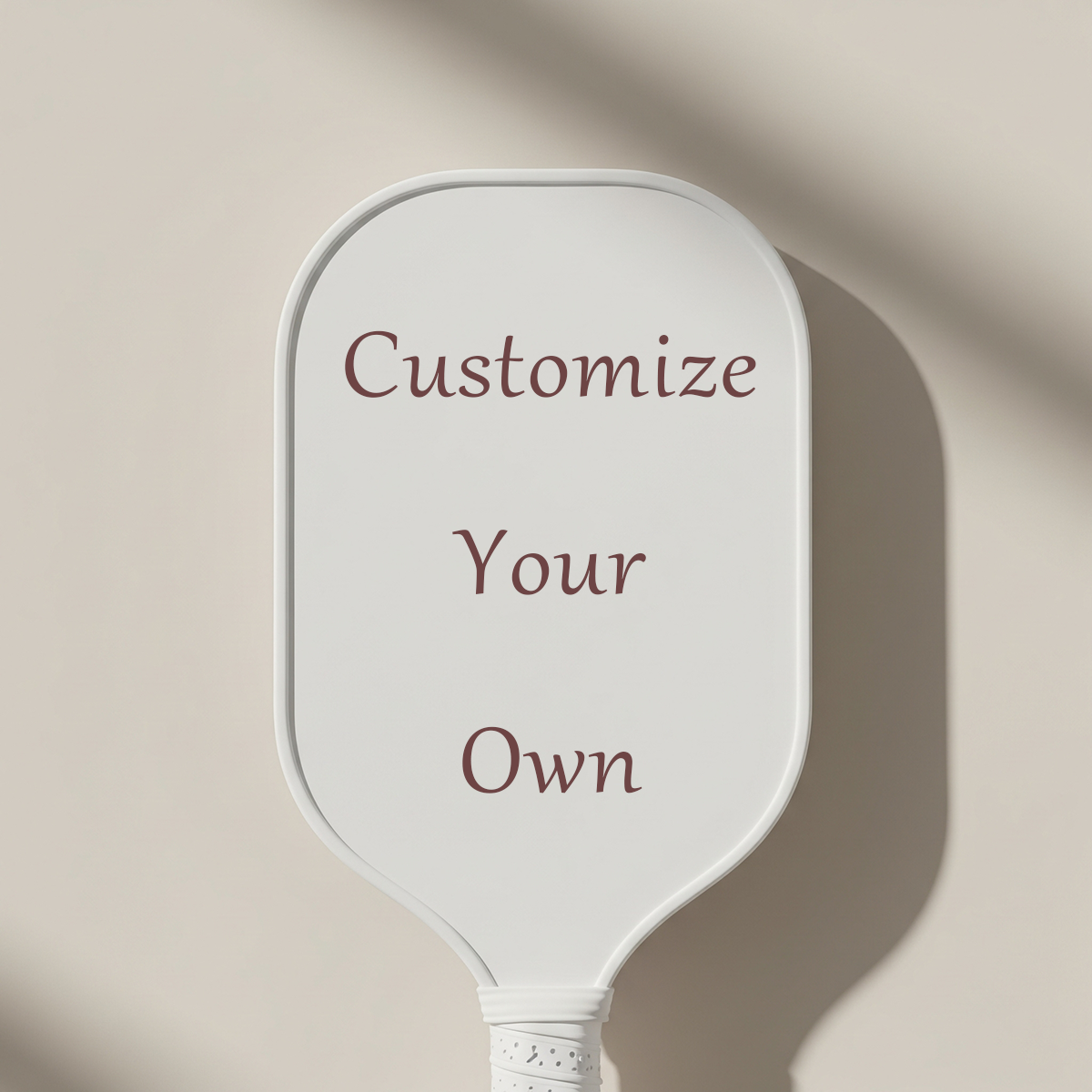
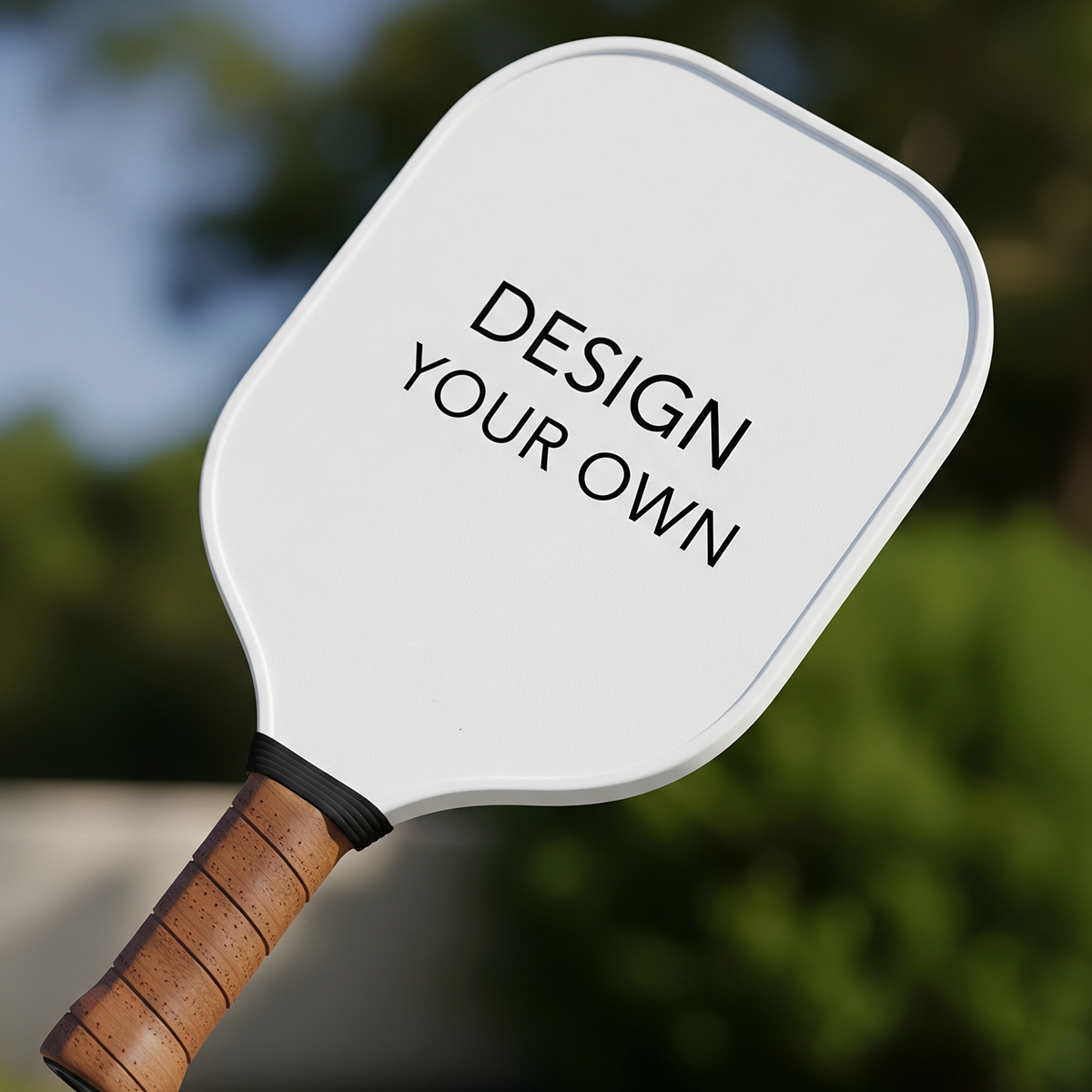
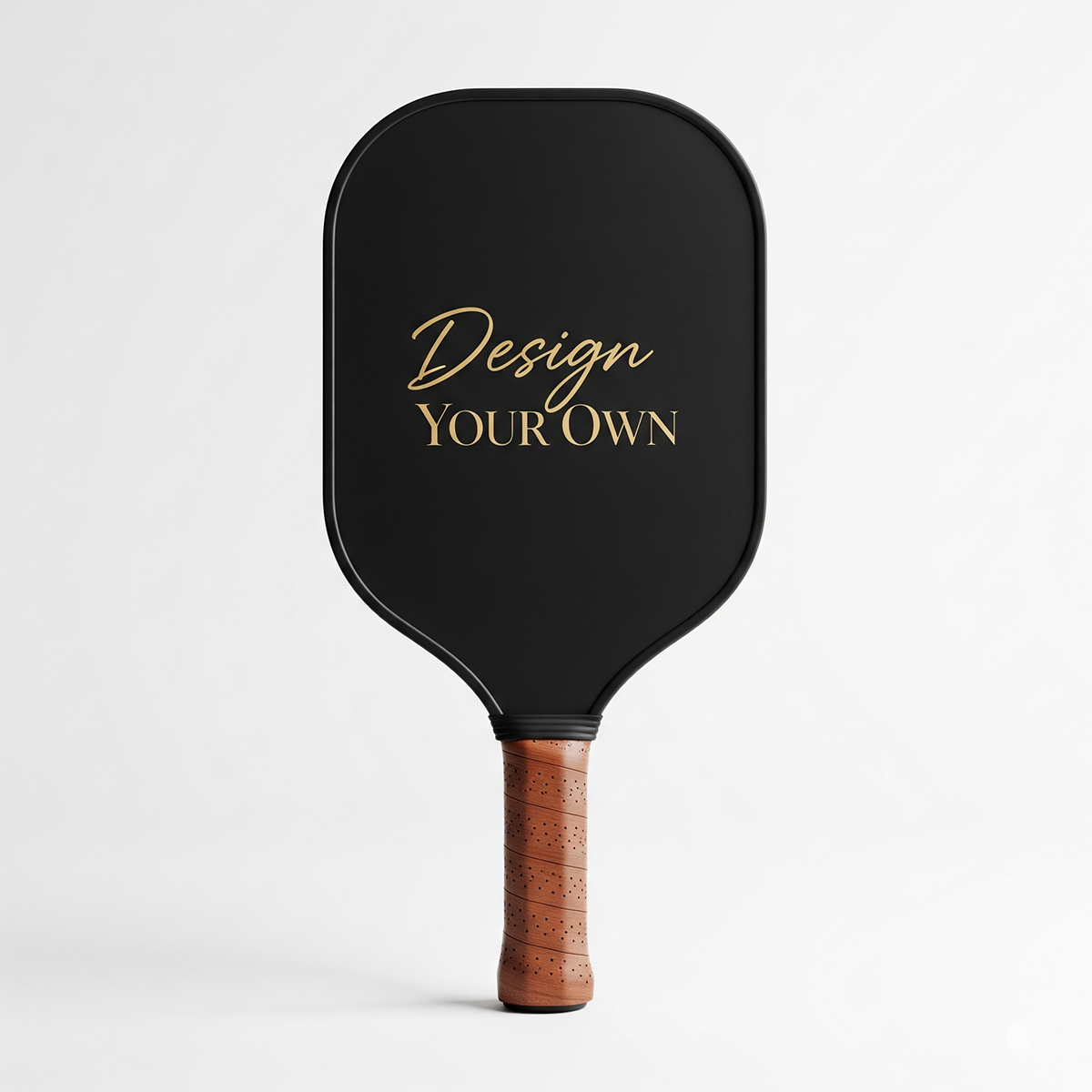
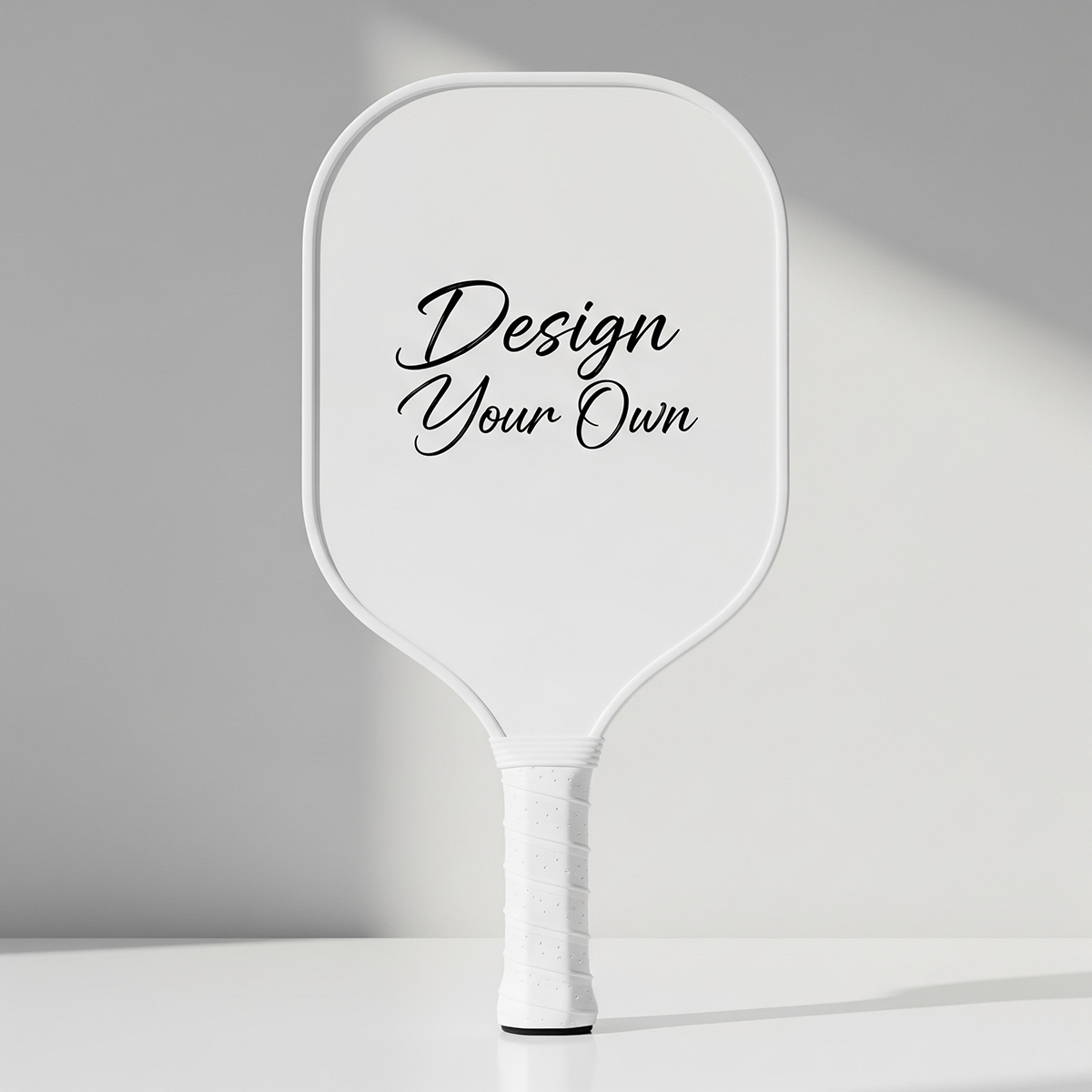
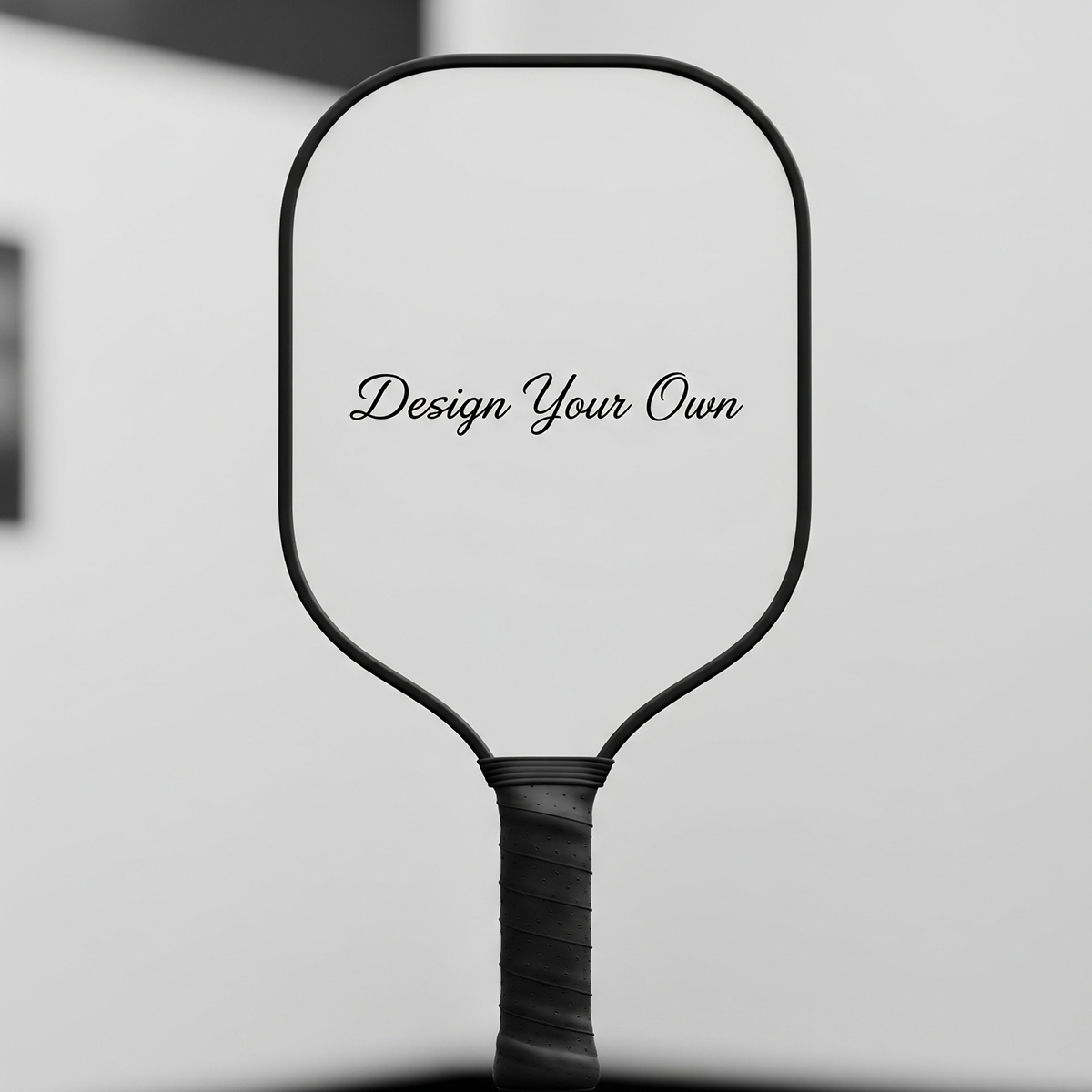
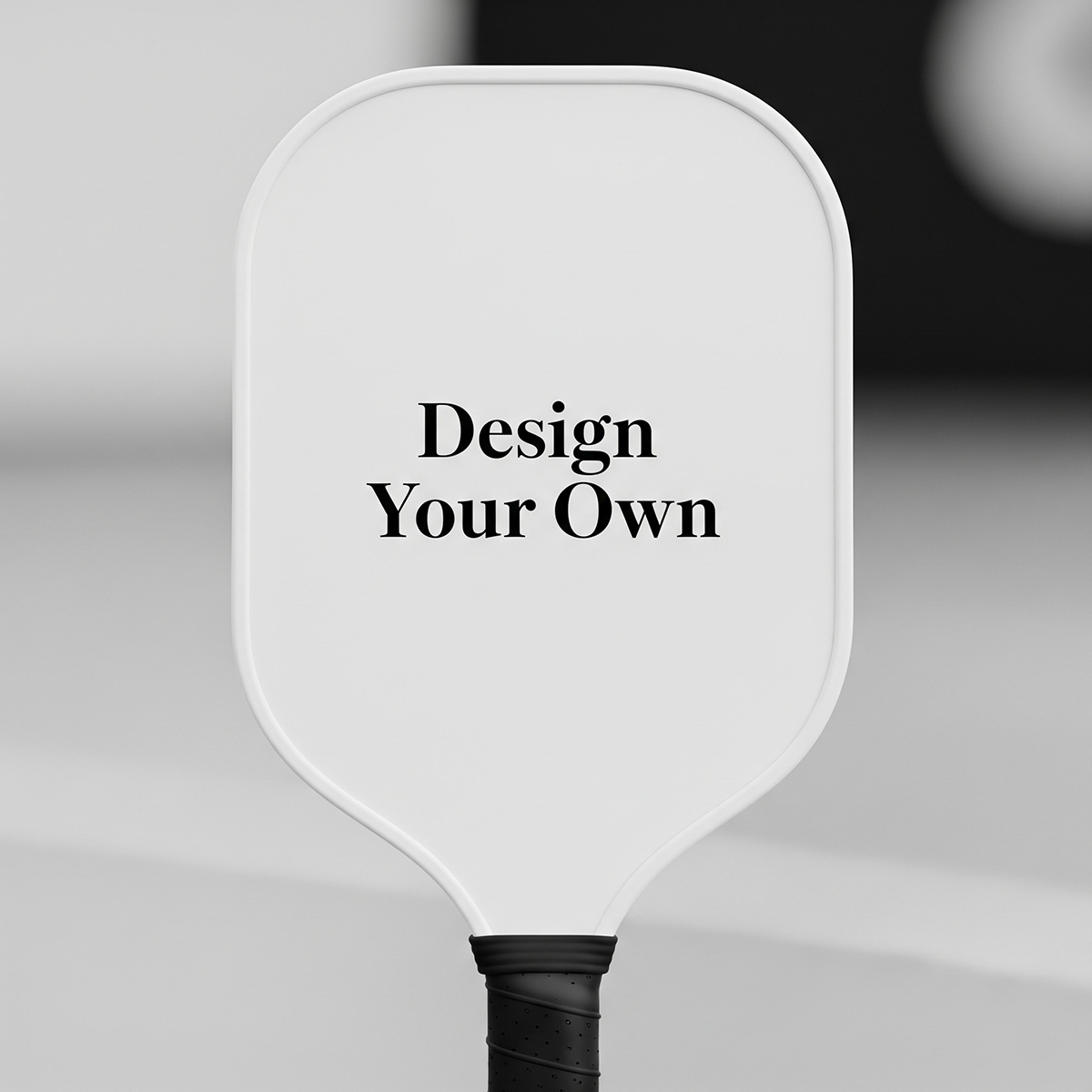
Leave a comment
This site is protected by hCaptcha and the hCaptcha Privacy Policy and Terms of Service apply.